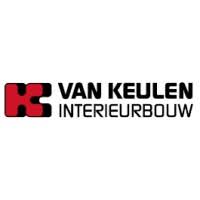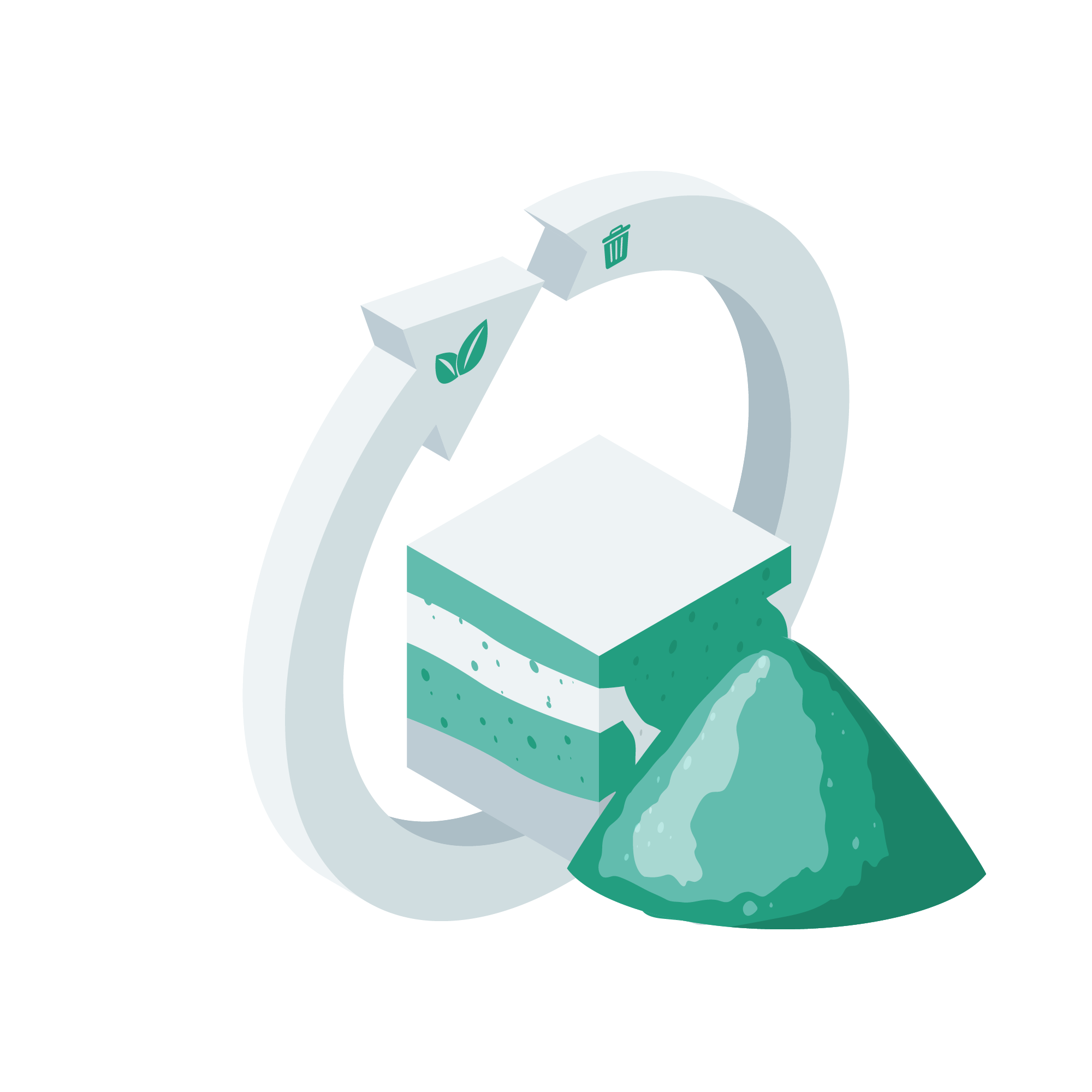When you walk through a supermarket, museum, or library, you often do so for a reason: you go grocery shopping, look at paintings or are looking for a book. What you often do not pay attention to, are the interior elements that ensure that we can view these things stacked or at height, for example. Nevertheless, these interior elements determine the layout of the store or building you walk through and ensure the correct presentation and experience of the products. The production and production systems of these indispensable interior elements, placed between floor and ceiling, are the specialisation of Van Keulen Interieurbouw and Dynfos Business Solutions.
From A to Z, Van Keulen Interieurbouw takes care of the professional production of high-quality metal and wooden interior elements in their impressive family business, of which the headquarters are located in Nijverdal. Van Keulen Interieurbouw provides interior elements for many industries. The main segment is shops and stores, as well Food as Non-Food, where, next to Non-Food stores, supermarkets cover the largest part of the turnover. Additionally, they focus on the hotel industry, libraries, schools, and museums.
The 3D-CAD software that is used to design the various interior elements is called IronCAD and is of American origin. This software has been expanded with some additions by Dynfos Business Solutions, to easily convert the geometry created in IronCAD to Dynfos ERP. Dynfos ERP is an ERP package that has been developed by Dynfos Business Solutions. Van Keulen Interieurbouw is managed with Dynfos ERP: from creating a quotation, to calculations, orders, production management and invoicing. Dynfos Business Solutions’ mission is to make the initial geometry in IronCAD ready for production with just a few mouse clicks. It is not necessary for the models to be parameterised, but they may be built up completely dynamically. There should also be the possibility to apply the aforementioned combined in one CAD model.
Many interior elements that are produced at Van Keulen are made of wood or contain wooden elements. Possible machine operations for wood during production are drilling, milling, or sawing. If the product design is provided by the client, these machine actions are not shown; they are either not added in the CAD model, or the design software is not compatible with the production software. As a result, the so-called features from the CAD model are not recognised by the CAM software. Adding these features is now done manually: a time-consuming operation. The AMP-subsidised FRT project aims to automate the recognition of these features in the supplied product design with a self-learning Feature Recognition Tool. The advantages of this are twofold:
- It saves time (and therefore costs) in manually applying the features in the CAD design model,
- In the entire production process, FRT contributes to better planning, because the features and machine actions are mapped out in more detail.
Different software options exist for recognising features in metal systems. However, there’s currently no commercial software that combines automatic recognition of all feature types and materials utilized by Van Keulen. Our project aims to fill this gap by working towards such an integrated solution. Within the project scope, the FRT project consortium will primarily focus on advanced wood-based interior parts for the automation segment of the tool.









